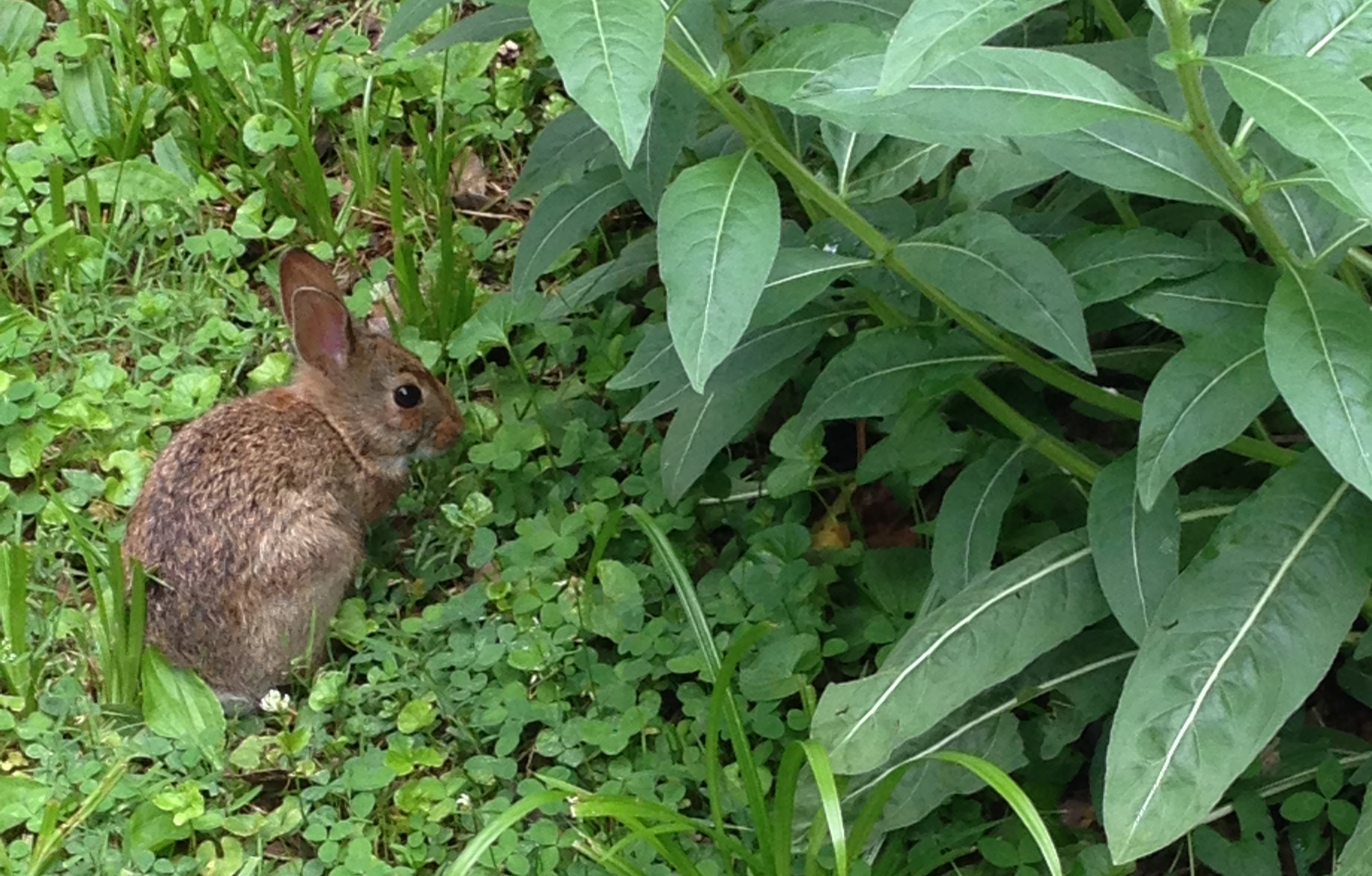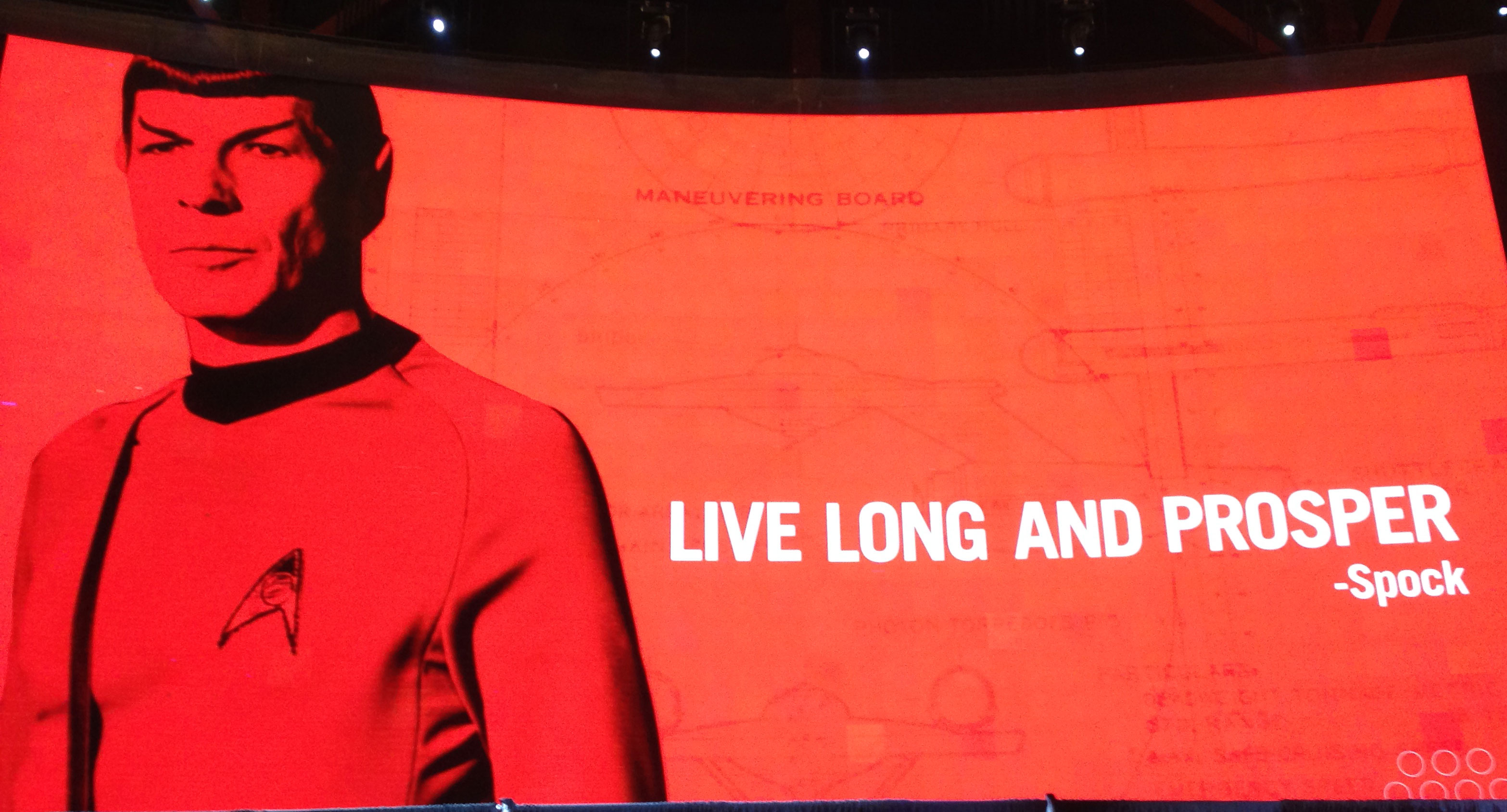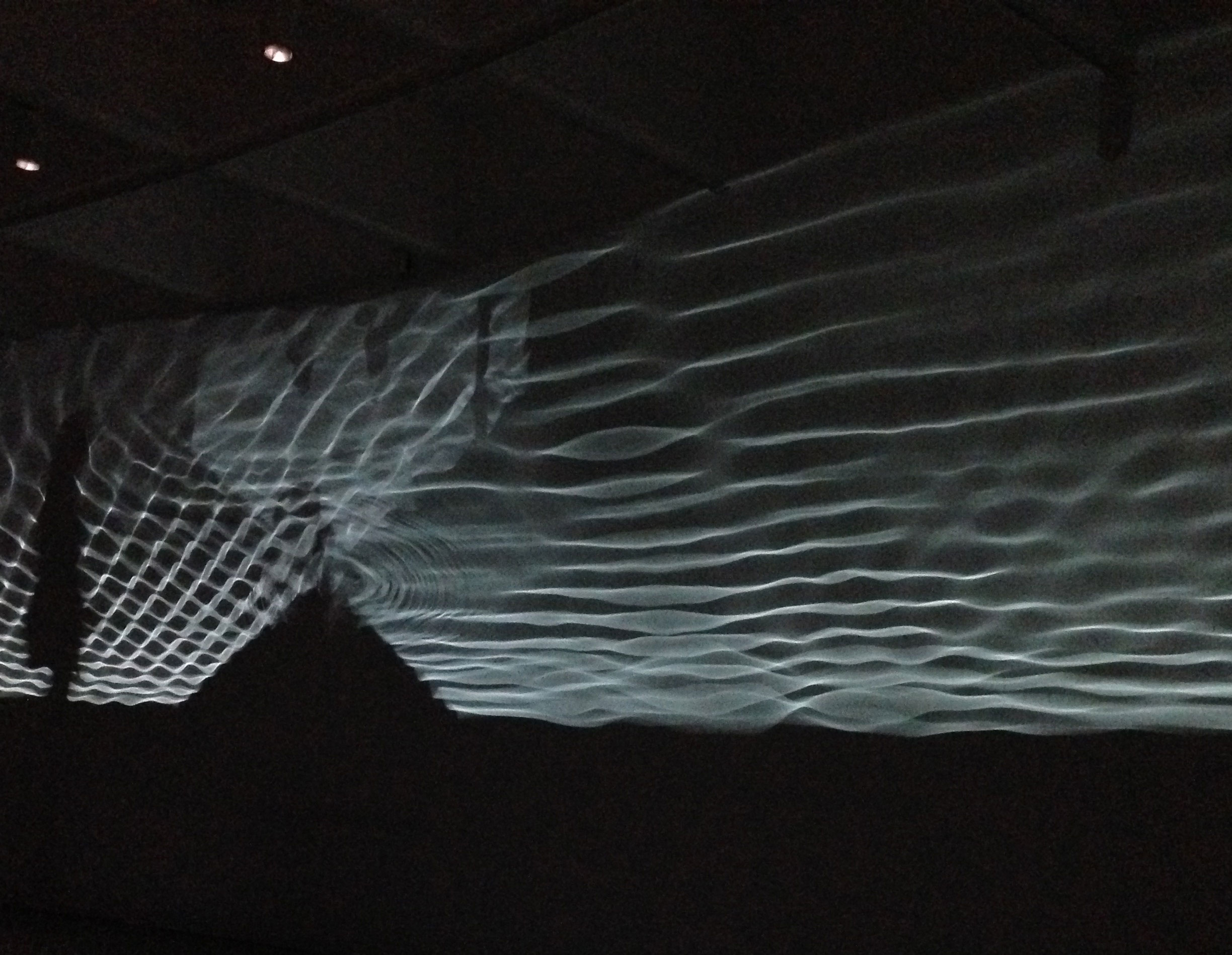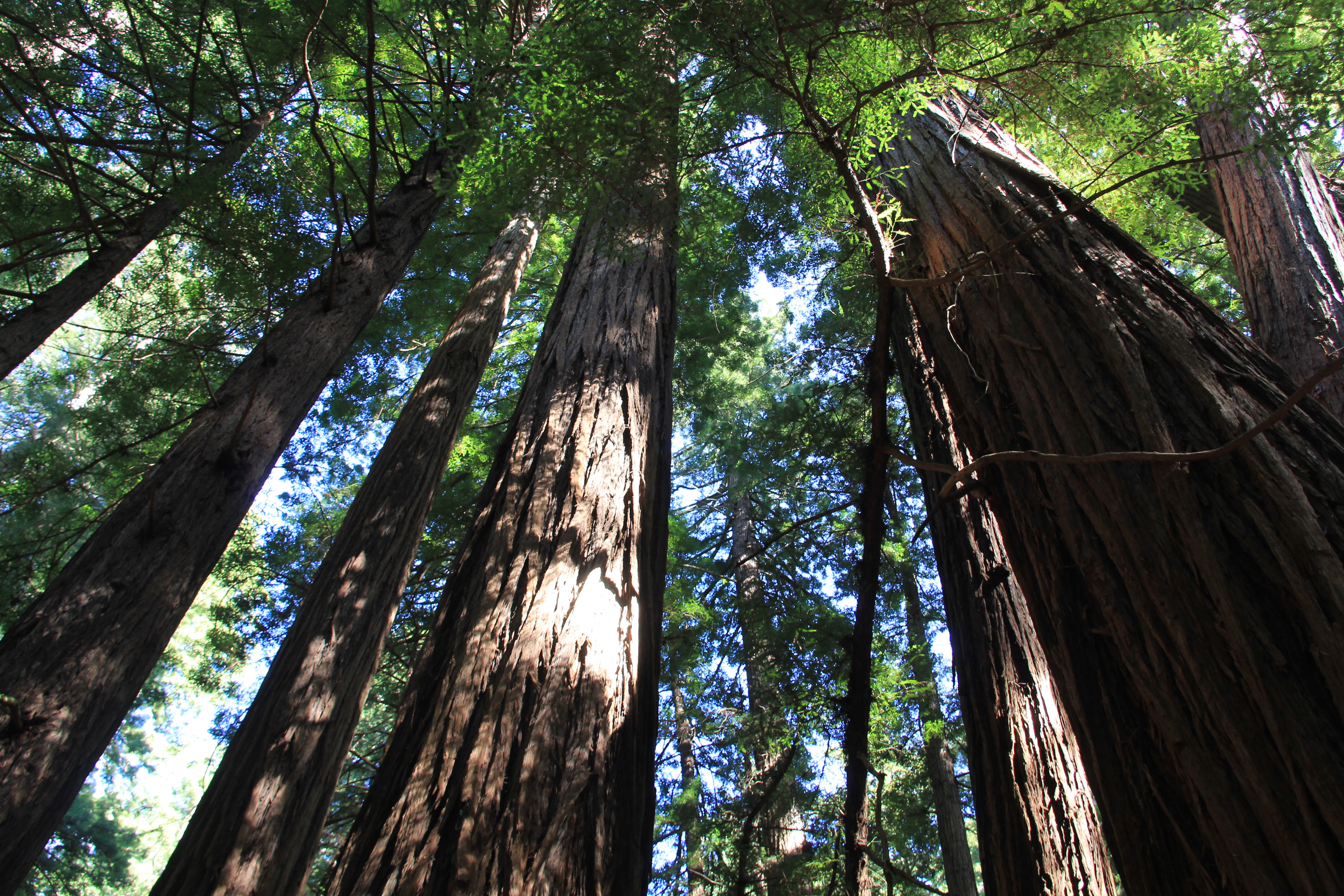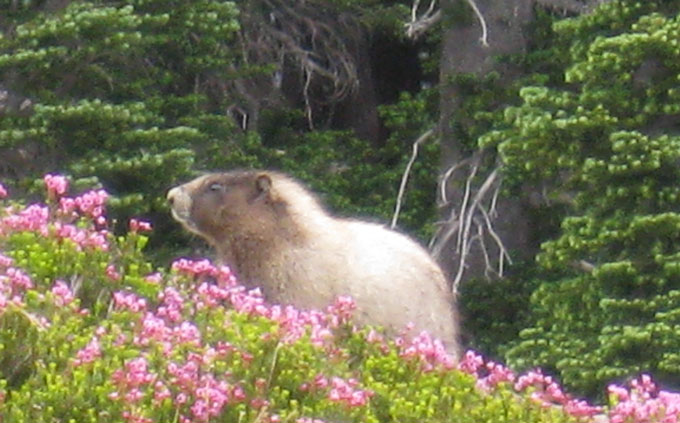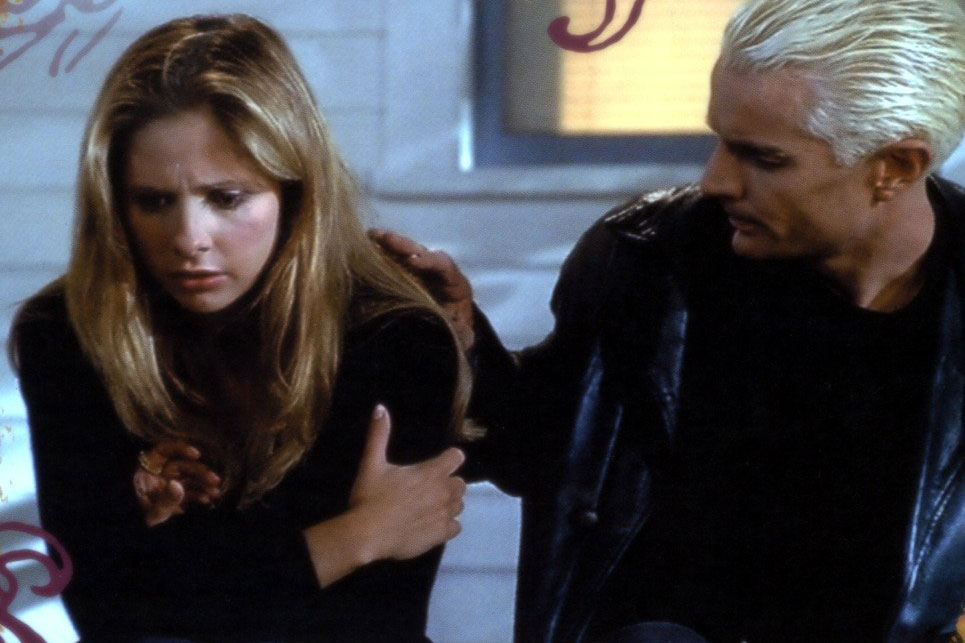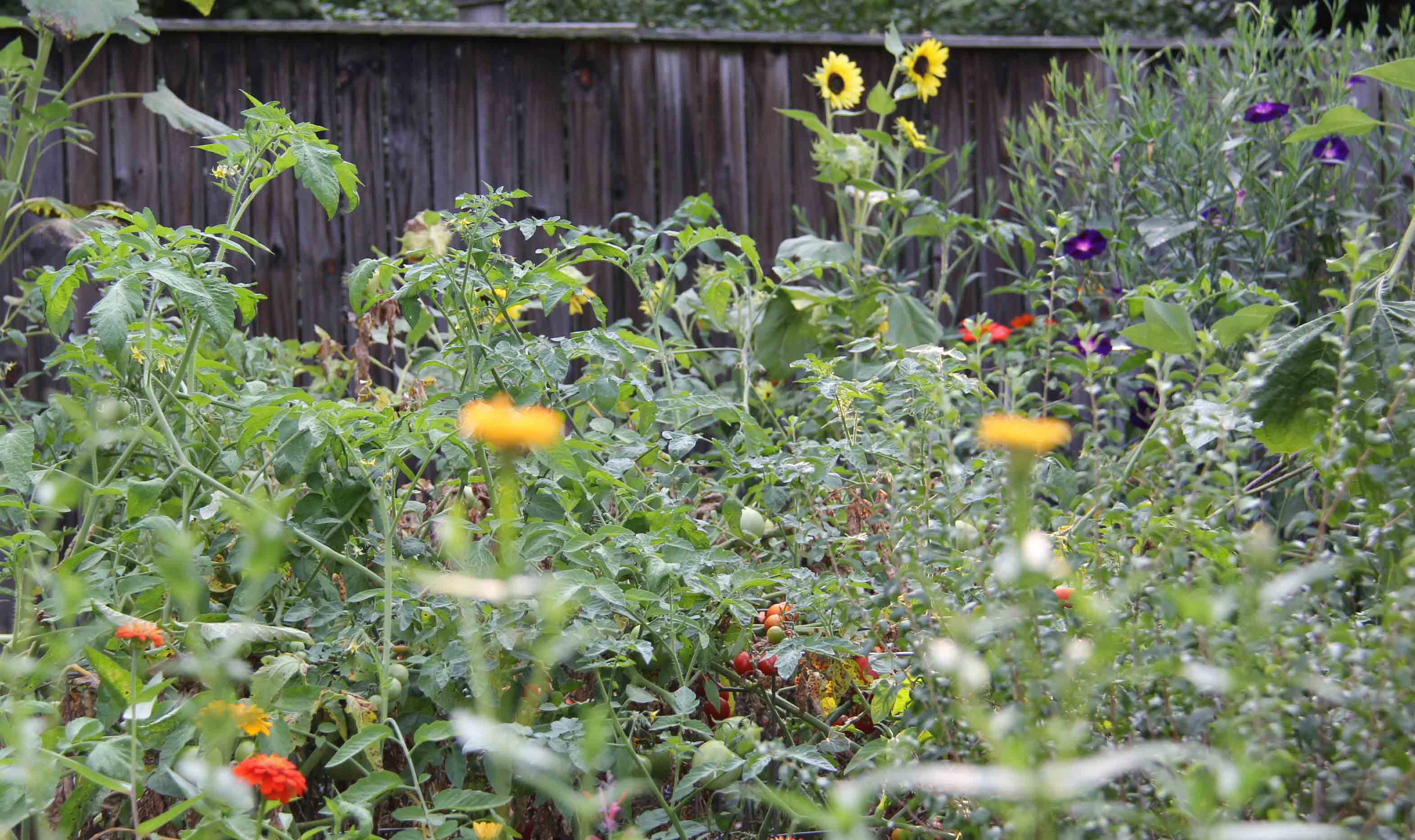
Sisyphus had it easy. All he had to do was push a boulder up a hill, over and over and over again.
I empathize with Sisyphus, although for me it’s not a boulder I’m doomed to fight, but a mudslide of misplaced horticultural enthusiasm. Each spring I start out standing, proud to plant anything I see, until I wind up weeding in a sweat down upon my knees. Gardening is a humbling pursuit.
The truth is nobody outgrows Mother Nature. She says “Grow” and it groweth. I nurture little seeds, feed them the best nutrients, plant them out in beautifully blended soil, water them faithfully, and then sit back and watch the slaughter. Because I eschew pesticides, I have no shortage of wormy bugs chowing down on the greenery. Not to mention the squirrels digging up the seedlings the minute they get settled in. And, of course, the rabbits. Feh.
Yet, in spite of all the pushback, the plants themselves don’t seem as discouraged as I would be in their roots. Somehow, once the garden gets going, roundabout June, it keeps accelerating until it hits some kind of jungle overdrive, rocketing high, wide and plentiful, as if it had only one season in which to say it all.
Well. This is nice up to a point, until the Sisyphian nature of Nature begins to tilt the game board. By late summer, unless we’ve been scorched by drought, I usually find myself in a different sort of battle, trying to rein in the madness. Anyone who’s tried to hack their way through a blackberry thicket in mid-July knows what I’m talking about. A suit of chainmail might protect you from the thorns and stinging flies, but it’s no picnic being steamed in your own sweat.
That’s where I am now. If it’s not global warming, it’s close enough for me. We’re not even through May and I’m already feeling August. Hah hah. Who needs a boulder?
